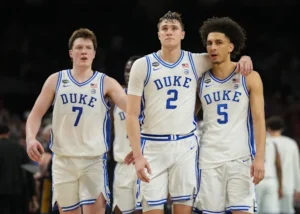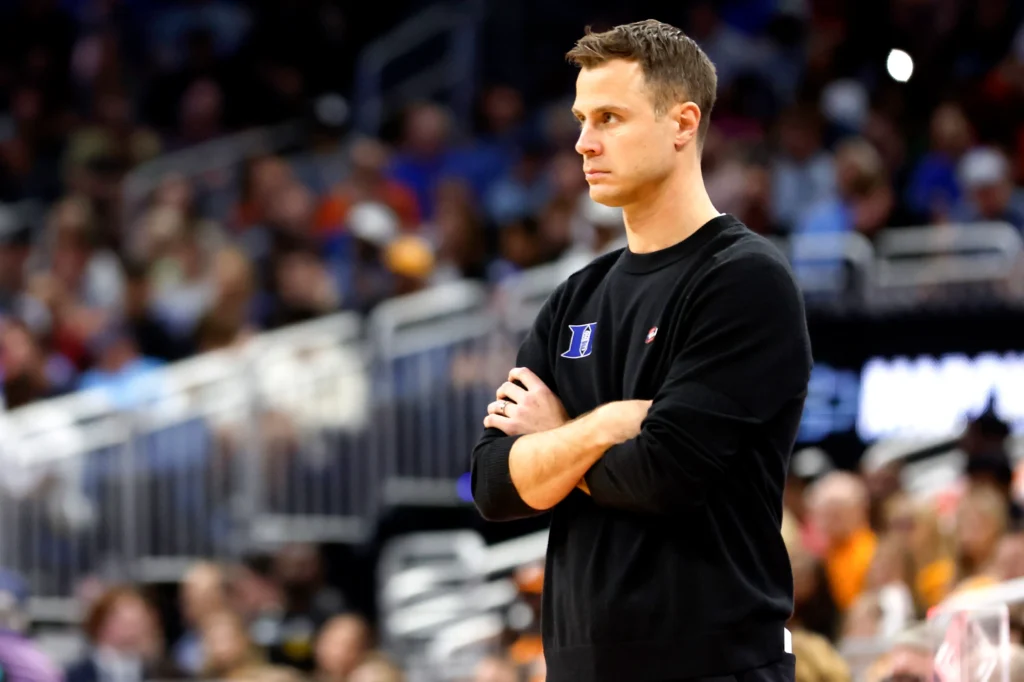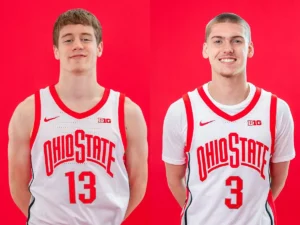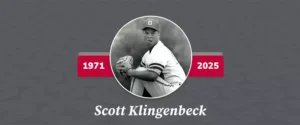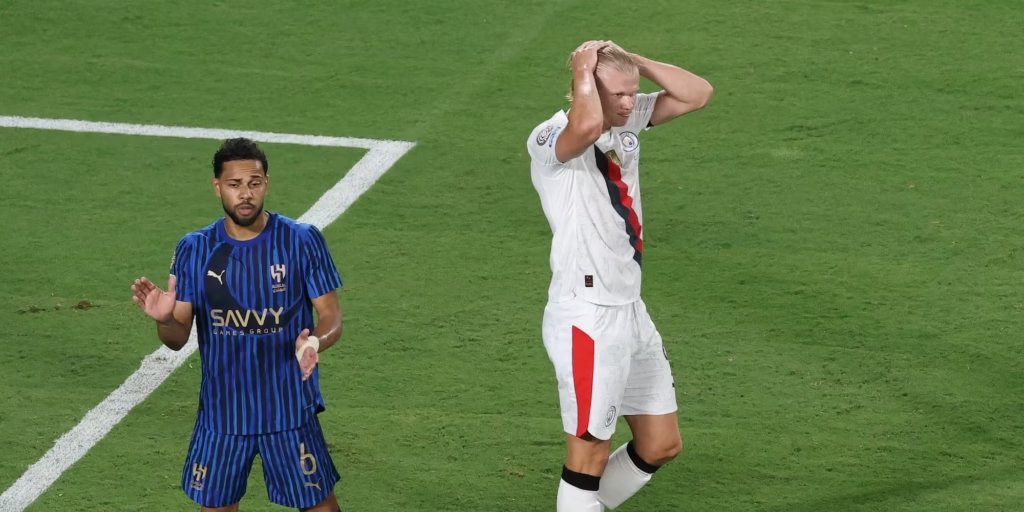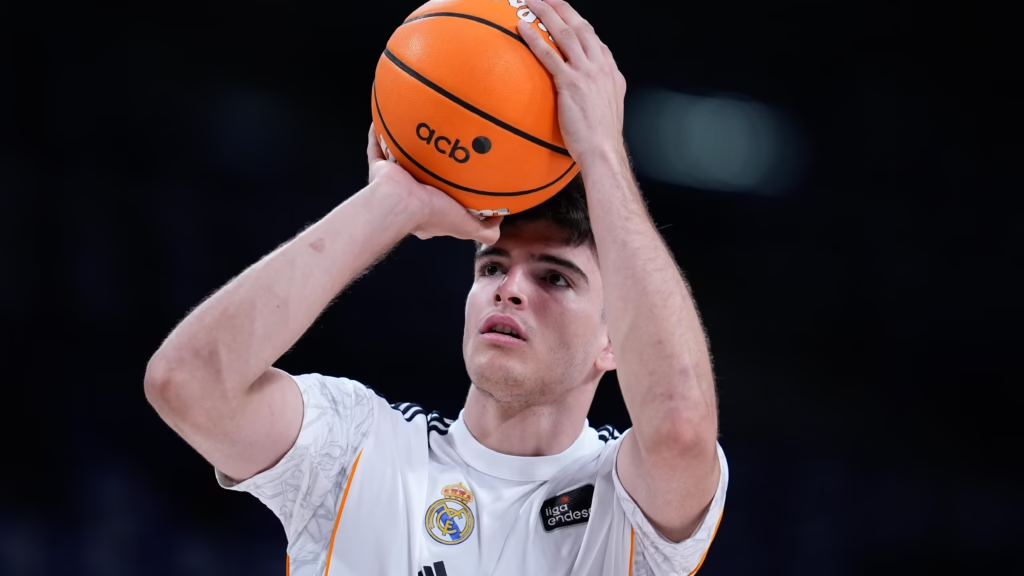
The 2025 NBA Draft saw a flurry of surprises, but one of the most intriguing moves came late in the first round when the Boston Celtics selected Spanish wing Hugo González with the 28th overall pick. The decision marked a bold departure from the team’s recent draft tendencies, signaling a strategic bet on international talent and long-term upside. With this pick, Boston acquired a player who has been regarded as one of the brightest young prospects in European basketball over the past few years, and someone who could potentially develop into a valuable two-way contributor at the NBA level.
At just 19 years old, Hugo González has already carved out a name for himself playing for Real Madrid’s senior team, a club renowned for producing elite-level talent. Following in the footsteps of players like Luka Dončić and Usman Garuba, González rose through the ranks of Real Madrid’s youth system, where his athleticism, defensive versatility, and improving offensive game consistently turned heads. His development has been carefully watched by NBA scouts since his breakout at the U16 and U18 European Championships, and although he was once projected as a potential lottery pick, slipping to the late first round might end up being a blessing in disguise—both for him and for the Celtics.
Boston’s choice to draft González is especially interesting given their current roster construction. As of the 2025 offseason, the Celtics remain title contenders built around the core of Jayson Tatum and Jaylen Brown, with strong support from seasoned veterans and impactful role players. In this context, drafting a young international wing with high upside but a longer development curve is not necessarily about immediate contribution. It’s about building for the future while maintaining flexibility. González will likely not be asked to step into a major role right away—he may even remain in Europe for another season or two—but the Celtics’ front office clearly sees long-term potential worth investing in.
González stands at 6-foot-7 with a wingspan over 7 feet, giving him ideal physical tools for a modern NBA wing. What sets him apart, however, is his defensive motor and court awareness. Even at a young age, he’s shown an ability to guard multiple positions, contest shots without fouling, and disrupt passing lanes. His anticipation and foot speed make him a tough assignment for ball handlers, and his strength allows him to hold his own against bigger forwards. In many ways, he already embodies the defensive identity that Boston has leaned into under head coach Joe Mazzulla.
Offensively, González is still a work in progress, but the flashes are hard to ignore. He has a fluid handle for his size and is comfortable attacking closeouts, finishing at the rim, and occasionally creating off the dribble. His three-point shot has improved significantly over the last two seasons in Europe, particularly in catch-and-shoot situations. If he continues to refine his mechanics and gains more confidence in pulling up from distance, he could evolve into a legitimate three-level scorer. What makes him particularly promising in this regard is his unselfishness and basketball IQ—he moves well without the ball, recognizes when to swing the ball, and rarely forces bad shots.
The Celtics’ front office, led by President of Basketball Operations Brad Stevens, has a track record of thinking long-term and prioritizing player development. In González, they’ve found a prospect who doesn’t need to be rushed but could eventually become a key piece in the rotation. There’s a growing trend in the NBA to secure the rights to international players with high ceilings late in the first round, especially if the team’s current roster doesn’t have immediate needs. Boston’s gamble here reflects that logic: they have the depth and talent to wait for González to fully mature.
One of the notable aspects of González’s game is his composure and professionalism, attributes he honed while playing for one of the most demanding clubs in Europe. Real Madrid’s system is rigorous, and the players are held to high tactical and mental standards. González has shown a strong work ethic, resilience under pressure, and a willingness to play within a system rather than chase stats. Those traits align well with the Celtics’ culture, which values accountability, defense, and team-first basketball.
There will, of course, be challenges ahead. Transitioning from European basketball to the NBA is never a seamless process. The pace of play, physicality, and style of officiating differ significantly. Even highly touted international prospects have struggled to adapt, and patience will be required from both the coaching staff and fans. However, González’s foundation—both in terms of skills and mindset—gives him a legitimate chance to make the leap successfully. It wouldn’t be surprising if the Celtics encourage him to spend another year with Real Madrid to continue developing, especially if roster spots are tight in Boston.
Drafting an international player also brings strategic advantages in terms of cap management. The “draft-and-stash” approach allows NBA teams to retain a player’s rights while he continues to grow overseas, without affecting the salary cap or taking up a roster spot. For a team like the Celtics, already navigating the challenges of a top-heavy payroll, this kind of maneuvering provides flexibility. It allows them to keep their title window open while still laying the groundwork for sustained success in the years to come.
González’s selection also reflects a broader trend of NBA teams deepening their scouting operations in Europe. In recent years, the continent has produced a wave of talent that has not only made it to the NBA but thrived at the highest level. The success stories of players like Dončić, Nikola Jokić, and Giannis Antetokounmpo have underscored the value of looking beyond U.S. college programs when it comes to elite young talent. By landing González, Boston has shown that they are not only paying attention but are willing to act decisively when they see value.
For González himself, the opportunity to join a franchise like the Celtics is significant. Few NBA organizations offer a blend of history, stability, and championship aspirations quite like Boston. Being able to grow under the guidance of veterans, strong coaching, and a winning culture could accelerate his development and instill in him the habits that lead to long-term success. Whether he joins the roster immediately or in a year, he’ll be stepping into an environment built for growth.
In the short term, Celtics fans shouldn’t expect González to be a rotation player during the 2025–26 season. Instead, the focus should be on monitoring his progress overseas, tracking his minutes, efficiency, and growth areas. If he can build on his shooting consistency and develop a more reliable off-the-dribble game, the Celtics may have landed a future gem late in the draft. A few years from now, when contracts come up and roster changes inevitably occur, González could be ready to step in as a plug-and-play wing who fits Boston’s defensive identity and brings size, energy, and scoring to the perimeter.
Ultimately, the Celtics’ selection of Hugo González with the 28th pick should be viewed as a calculated risk with a potentially high reward. While the spotlight of the draft was elsewhere—on top picks, trades, and immediate contributors—Boston quietly made a move that could pay off handsomely in the years to come. If González fulfills even part of his considerable promise, the Celtics may look back on the 2025 Draft as the moment they quietly secured their next great two-way wing.
